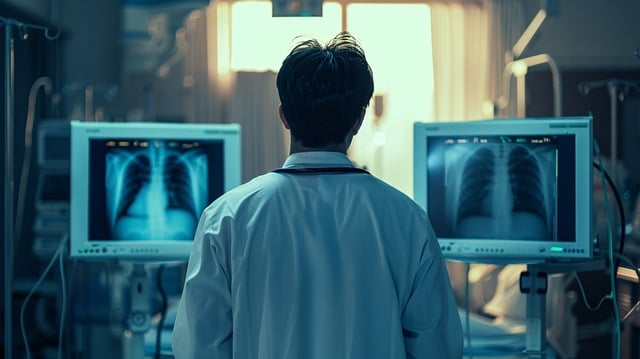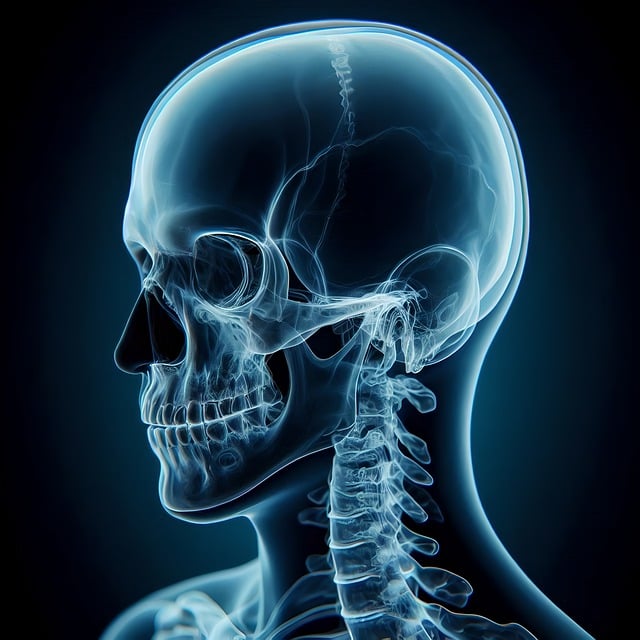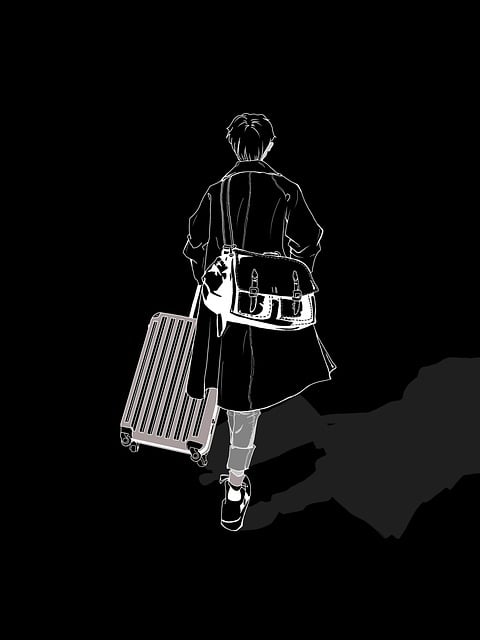After a motor vehicle accident, trauma-induced muscle spasms often result from damage to muscles, tendons, and ligaments. Chiropractic support is an effective treatment, as chiropractors specialize in diagnosing and correcting musculoskeletal issues. Through adjustments, exercises, and other therapies, they reduce misalignments, relieve nerve pressure, and accelerate healing, significantly improving muscle spasms and enhancing recovery. Preparing for chiropractic care involves a comprehensive initial consultation, personalized treatment plans combining techniques like spinal adjustments and targeted exercises, clear communication, regular progress assessments, and practical advice on symptom management.
Trauma-induced muscle spasms following a motor vehicle accident can significantly impact an individual’s quality of life. This article delves into understanding these spasms, highlighting the crucial role of chiropractic support in managing and treating them effectively. We explore how chiropractic care addresses the underlying causes, providing relief and enhancing recovery for those affected by motor vehicle accident-related muscle spasms. By the end, you’ll understand what to expect during this supportive treatment approach.
- Understanding Trauma-Induced Muscle Spasms After a Motor Vehicle Accident
- The Role of Chiropractic Support in Managing and Treating These Spasms
- What to Expect During Chiropractic Care for Motor Vehicle Accident-Related Muscle Spasms
Understanding Trauma-Induced Muscle Spasms After a Motor Vehicle Accident

After a motor vehicle accident, individuals often experience a range of physical symptoms, including trauma-induced muscle spasms. These spasms can be a direct result of the impact and subsequent damage to muscles, tendons, and ligaments. The sudden force exerted during an accident can cause these soft tissue structures to become stretched, torn, or irritated, leading to involuntary muscle contractions and painful spasms.
Chiropractic support for motor vehicle accident-related muscle spasms plays a crucial role in managing and alleviating this condition. Chiropractors are trained to assess the impact of such accidents on the body’s musculoskeletal system. They employ various techniques to reduce spinal misalignments, alleviate pressure on nerve roots, and promote healing in damaged soft tissues. Chiropractic adjustments, combined with targeted exercises and other therapeutic modalities, can significantly improve muscle spasms, enhance recovery, and restore the patient’s range of motion.
The Role of Chiropractic Support in Managing and Treating These Spasms

Chiropractic support plays a significant role in managing and treating trauma-induced muscle spasms, especially following motor vehicle accidents. Chiropractors are trained to assess and diagnose spinal misalignments and nerve impairments that can lead to these spasms. Using a combination of adjustments, manual therapy, and tailored exercises, they aim to restore proper nerve function and reduce muscle tension.
Chiropractic care for motor vehicle accident-related muscle spasms focuses on addressing the underlying causes rather than merely providing temporary relief. By correcting spinal subluxations and improving joint mobility, chiropractors help alleviate pressure on nerves, promoting healing and reducing spasms. This holistic approach not only offers pain management but also enhances overall recovery and improves the patient’s quality of life.
What to Expect During Chiropractic Care for Motor Vehicle Accident-Related Muscle Spasms

When seeking chiropractic care for trauma-induced muscle spasms resulting from a motor vehicle accident, it’s crucial to prepare for a comprehensive approach. During your initial consultation, the chiropractor will thoroughly assess your condition, discussing your medical history and the specifics of the incident that led to your injuries. They’ll focus on identifying the affected areas, evaluating spinal misalignments, and understanding the severity of the muscle spasms. This process involves manual examinations, range-of-motion tests, and sometimes advanced diagnostic tools to pinpoint the source of discomfort.
The treatment plan will be tailored to your needs, combining various chiropractic techniques to alleviate muscle spasms and promote healing. Common interventions include spinal adjustments or manipulations, soft tissue therapy, and targeted exercises. The chiropractor may also incorporate heat or ice therapy, electrical stimulation, or other modalities to reduce inflammation and relax tight muscles. Throughout the care process, patients can expect clear communication from their provider, regular progress assessments, and practical advice on managing symptoms and accelerating recovery.
Chiropractic support plays a vital role in managing and treating trauma-induced muscle spasms resulting from motor vehicle accidents. By addressing the underlying causes, chiropractors can provide effective relief for these debilitating symptoms. Through specialized adjustments and tailored care plans, individuals experiencing post-accident muscle spasms can find significant improvement, enabling them to regain mobility and enhance their overall well-being. When seeking chiropractic support for motor vehicle accident-related muscle spasms, it’s crucial to choose a qualified professional who understands the unique needs of such cases, ensuring a comprehensive and personalized treatment approach.














